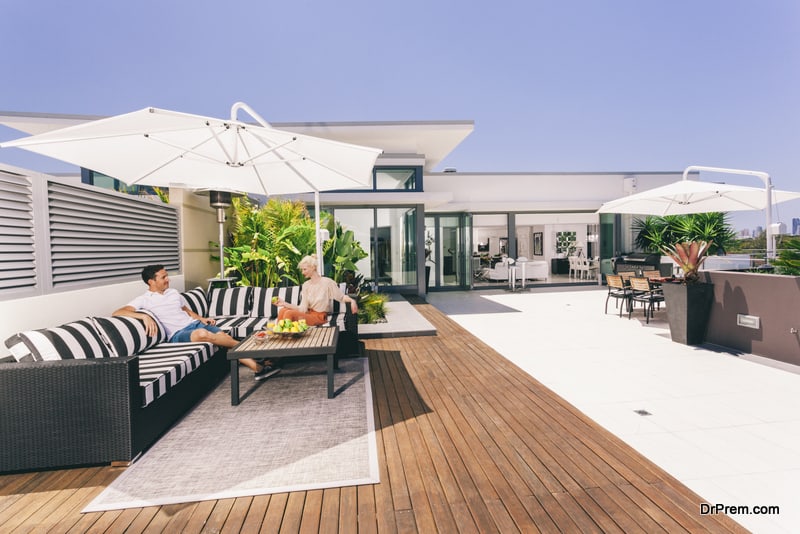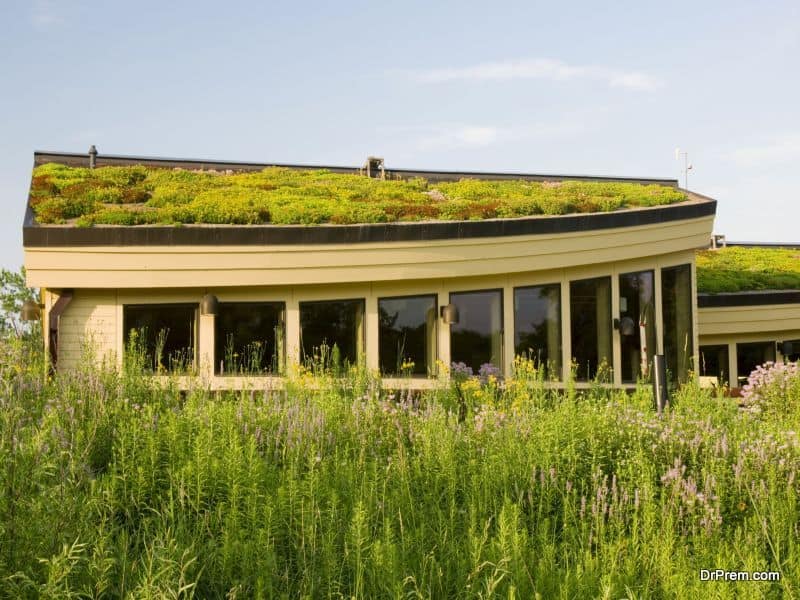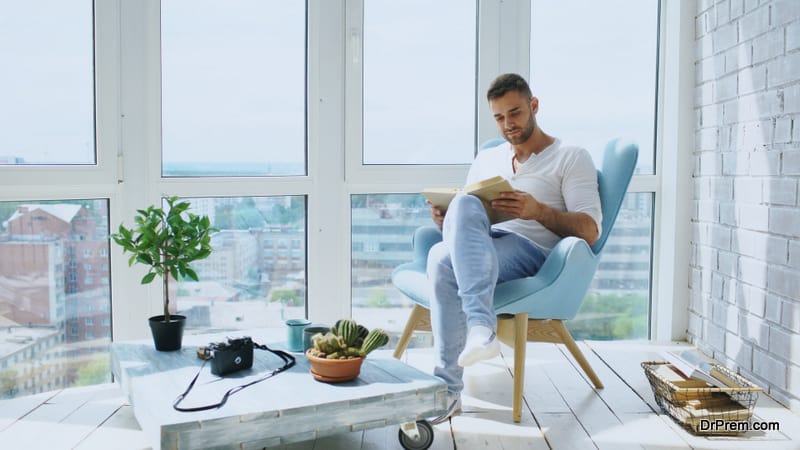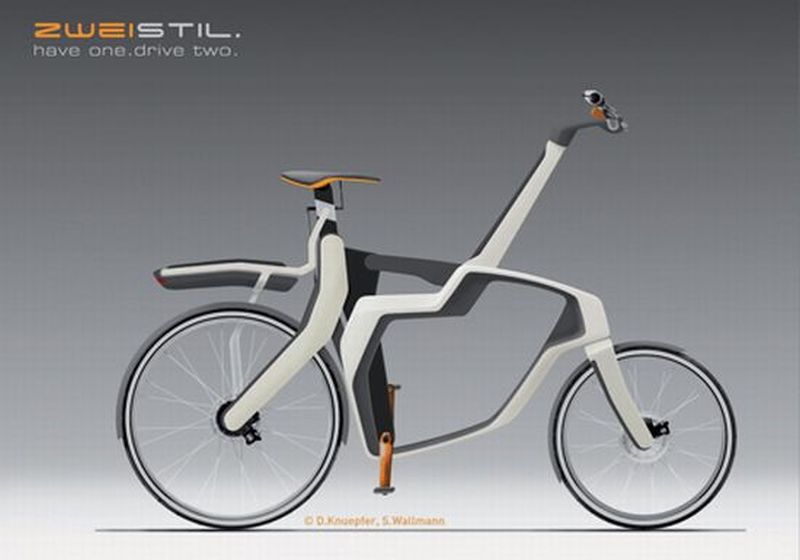Modern age builders are connecting health and wellbeing architecture while designing buildings. Their green plans and execution through projects engaging engineers, material and labor is thought to have tangible health benefits. Their success ends in making customers mentally happy and physically comfortable. Failures end in customer complaints regarding poor ventilation, light and other factors.
Faulty building designs make customers feel negative about their place of stay. They feel disconnected with the very place that has a profound impact on their lives. They feel bewildered with their dwelling places that shape their thoughts, actions and attitudes. This takes a toll on physical as well as mental health. Let us explore how latest architectural concepts seek an answer to address wellness goals of residents.
Connection between building aesthetics and wellbeing:

Days have come to feel it imperative that beautiful design is beneficial for health not a theoretical myth. Environment plays a vital role in health and happiness of inhabitants and your living quarters is your immediate environment. Like meditation and yoga, a well designed building helps awaken your core strength. It nourishes your mind and protects your body against maladies. It is very pragmatic to consider the distribution of living rooms having an effect on your health.
Building aesthetics sets off your response to a vibe-delivering composure:
A healthy building design serves as a catalyst to activate your response to a relaxed environment. You become happily conscious of a roomy accommodation letting in enough natural light and fresh air. It is important that the quality of air is right, not the kind of air carrying industrial waste. It is the air that is filtered through greenery and foliage. If you can get a view of sunrise or sundown at your window, it could be great for your wellbeing.
The quality of vista through window and ailment recovery:

Health benefits of green architecture could be hardly overemphasized from case studies. A glimpse out of the window at natural greenery has improved healing period in patients. In 1984 Roger S Ulrich announced in his paper “View through a window may have an impact on cure from surgery”.
Among the study participants, one had an access to window giving a view to a brick wall. The other patient had a window view that ended in an orchard. The later not only recovered one day faster but had better nurse appraisal, lesser complaints of discomfort and post surgical issues.
Ulrich’s experiments further delved into the premises of health and wellbeing architecture. Architectural plans have a say in the attitude of patients with mental disorders. Specific designs can mitigate fits of anger in such patients. Shared spaces with separate waiting rooms gave a feeling of comfort among lunatics undergoing treatment. They felt they have more authority on their living spaces and interacted with fellow inmates without an issue.
Acoustics and natural light can reduce the level of stress. Especially, if the walls are padded with sound absorbers it aids mental calm. Environmental psychology is a vast subject exploring relationship between surroundings and the immediate impact they create in our brain. Health and wellbeing architecture takes into account environmental psychology and use it to the benefits of customer’s wellbeing.
Beautiful design beneficial for health leading to drop in stress level:
Environmental psychology finds vast application in designing treatment clinics. Patient’s feel about the overall impression on hospital architecture is the focus. It is way more than on efficacy of diagnosis and cure. Avenues are being explored to plan hospital buildings to maximize the homely kind of feel delivered to patients to meet the dual target of quicker healing and reduced staff sick days.
Healthy building design and the maze effect:

A study on the maze effect has been elaborately done by Esther Sternberg, MD, health and wellness expert. She recalls Harry Potter and the Goblets of fire where the kid is left in a baffling maze with clock ticking. The maze builds up stress in the person caught in the web having lost the direction which way to go. You are at a dilemma with multiple options and a wrong selection could end in disaster. This is purely psychological and you would appreciate the tension gradually mounting.
We see a similar situation in design flaws in an airport or in a hospital for that matter. Choosing the critical path among several options to catch the flight or meet your ward turns difficult. Your decision meets the hurdles of confusion and panic. Faulty design could trigger panic buttons. It is bad for the heart and open to wrong decisions causing damage.
Rather more wellness oriented design concept and diametrically opposite to maze is the labyrinth scenario. It provides ample scope for relaxation. Meditation and gentle stroll may be inspired, labyrinth doesn’t create confusion. They are lucid and symmetrical in design and guide you to a well- defined course of action. They are stress busters to be precise.
Building design concepts addressing overall senses would be ideal:
For beautiful design to be beneficial for health, all the senses need to be covered. Ambient temperature, visually pleasing color, pleasant odor, intensity and reach of natural light matter a lot. All these drivers to comfort living with reduced stress level should be considered together. No factor in isolation would work because positive repercussions of one could be squarely offset by the bad influence of the other. A holistic approach would be the solution to deliver health friendly architectural design.
Beautiful design for health benefits could be in mental imagery:

Access to a great external environment may have a price tag which isn’t always possible. But recreating it within your mind is possible and it won’t cost a dime. It also has a healing effect on your mind. Drawing mental pictures of lakeside panorama or lush meadows invite a relaxed space in mind. Richard Davidson, a professor of psychology and an expert on mindfulness meditation has advocated this form of therapy for mental peace.
The aesthetic side shouldn’t be overlooked:
The impact of aesthetics on our mood and behavior is still a poorly understood domain. But in-depth research is underway to understand the link between building and product design and level of bliss. Comprehension of the mechanism how these two elements interact would solve the riddle why beautiful design is beneficial for health.
Significant features of the concept of health benefits of beautiful design:

The role played by beauty in design on our health and happiness stretches beyond just the aesthetic side.
- Beauty in design is the right mix of aesthetics, principles and elements encompassing design philosophy.
- Studies reveal that spaces receiving an aesthetic design touch are great for mental health and emotional wellbeing. It encourages community involvement and enhancement of quality of life.
- It is a definite value addition for residents and the neighborhood as well.
The purpose of beautiful building design for health benefits from a more integrated standpoint:
The correlation between building design and wellness haven’t traditionally received much serious thought. It is only a recent investigation. The UK Government’s Foresight Project dealing with wellbeing offers insightful clues leading to 5 ways how this can be attained:
- Connect: The quality of interaction with society plays a key role in health enhancement.
- Stay active: Studies reveal innumerable cases where active lifestyle leads to improved health.
- Keeping mind’s eye open: Being fully consciousness of the past, present and probable future decreases stress and mental anxiety.
- Keep learning: Never stop learning. It enhances passions and pursuits which are shaped by the surrounding environment. Learning music, art and attending physical training tutelage no matter how old are you improve the aura of life. This is a surefire route to wellbeing.
- Volunteer help: Instead of focusing on selfish motives engagement in community work is one step closer to wellness.
- The priceless and delicate cappers: The subtle finishing touches are important they take care of the finer points of your emotional fiber. For example a flower vase with fresh flowers, a photograph or even fruits nicely stacked in a fruit basket comforts a ruffled mind. Modern architecture considers these little elements as well.
Latest building design concepts keep in view the above features and try delivering outputs to achieve them.
5 incredible ways building can improve our health:
Health benefits of beautiful design is not just confined to green designs where water and energy adequacy is achieved. The fundamental aim is delivery of design concepts to keep diseases at bay. Here we mean those sicknesses that arise from insufficient natural light and clean air suitable for breathing, poor drinking water, inadequacy of space and inadequate access to natural greenery.
-
Proper ventilation:

Right kind of ventilation lets in breathable air. Circulation of clean air in rooms is vital to healthy survival. Studies show doubling ventilation in a room increases the cognitive functional test score twice.
-
More of natural light:
Response of regular cycles of our body to external lighting is called circadian rhythm. Once the intensity of lighting alters, the circadian rhythm is disrupted. Studies show exposure to blue light during day induces better sleep at night. Modern architectural designs are focusing attention on the lighting aspect.
-
Active Design:

Health benefits of architecture also take into account whether it increases mobility of residents. Victorian staircases became obsolete because it did not go well with fire safety rules. But they have made a comeback because incidents of cardiovascular diseases shot in their absence. Walking up and down the stairs induced an active lifestyle and promoted heart health.
-
Bringing the outdoors in:
Installation of natural elements indoor is called biophilia and it has an impact on the wellbeing of residents in dwelling houses. The idea is to recreate natural landscaping and its typical features right in your drawing rooms and bedrooms.
-
Building for resilience:

The objective of this design program is directed at safety of residents. Natural calamities like floods and quakes pose threat to buildings and its inhabitants. Similarly accidents like fire may endanger public life. Designs are conceived in a way to minimize their disastrous effects.



